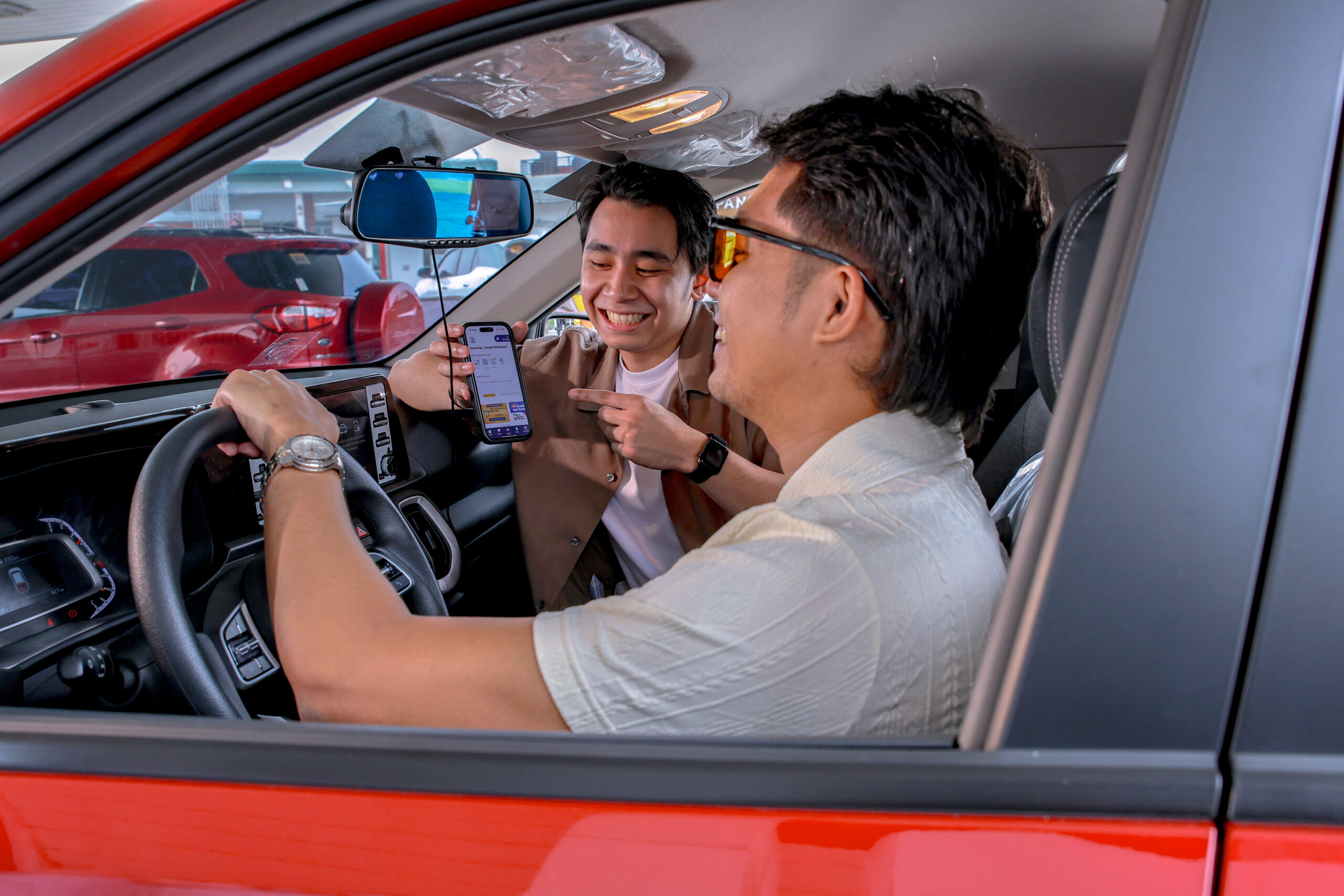The National Museum of the Philippines stands as a symbol of cultural heritage and historical preservation in the country. Its roots can be traced back to the establishment of the Museo-Biblioteca de Filipinas in 1887 by a royal order of the Spanish government. This early institution laid the foundation for what would later become the National Museum we know today.
During its initial years, the Museo-Biblioteca opened its doors on October 24, 1891, at the Casa de la Moneda on Calle Cabildo in Intramuros. The museum found a new home on Calle Gunao in Quiapo later on. Unfortunately, it was abolished in 1900 due to the onset of the American occupation of the Philippines. However, this led to the creation of the Insular Museum of Ethnology, Natural History, and Commerce on October 29, 1901, by the Philippine Commission. The purpose of this museum was to complement the Bureau of Non-Christian Tribes and it was later integrated with the Bureau of Ethnological Survey under the Department of the Interior.

In 1904, the museum underwent a name change to Philippine Museum after its participation in the Louisiana Purchase Centennial Exposition at St. Louis, Missouri. The following years saw several organizational changes, with divisions being transferred between departments and merged to form the Philippine Library and Museum under the Department of Justice in 1916.


The year 1928 marked the creation of the National Museum of the Philippine Islands, placed under the Department of Agriculture and Natural Resources. It was situated in a building adjacent to the Manila Hotel in the Port Area. The Museum included the Ethnology Division and the Division of History and Fine Arts.
However, organizational changes continued, and in 1933, the Division of Fine Arts was transferred to the National Library. Meanwhile, the Division of Ethnology and Division of Anthropology were combined with the sections of natural history from the Bureau of Science, resulting in the establishment of the National Museum Division of the Bureau of Science. Eventually, this division was renamed the Natural History Museum Division in 1939.
The ravages of the Battle of Manila in February 1945 brought immense losses to the national collections, with the Legislative Building and the Bureau of Science building being reduced to ruins. After the war, the Natural History Museum Division reunited with the National Library’s Fine Arts Division, and the institution was finally christened the National Museum under the Office of the Executive Secretary.
The National Museum experienced further changes during the mid-20th century, being placed under the Department of Education in 1951. It also took on regulatory functions, with the passage of Republic Act No. 4846 in 1966, focusing on the protection and preservation of Philippine cultural properties. Additionally, the National Planetarium was established under the National Museum in 1975.


As time passed, the vision for a comprehensive National Museum complex in Manila began to take shape. In 1996, President Fidel V. Ramos initiated efforts to create this complex by transferring neo-classical buildings in Rizal Park to the National Museum. A significant milestone occurred in 1998 when the National Museum Act of 1998 (Republic Act No. 8492) was approved, reestablishing the institution as an autonomous government trust under a Board of Trustees.
The inauguration of the Museum of the Filipino People in the Old Finance Building in 1998 marked the beginning of the realization of the National Museum complex. Throughout the years, the museum continued to grow, with additional laws passed to strengthen its mandate and make it more responsive to the needs of the 21st century.
The journey of the National Museum of the Philippines is one of resilience, adaptation, and dedication to preserving the rich cultural heritage of the Filipino people. From its humble beginnings as the Museo-Biblioteca de Filipinas in 1887 to the fully developed National Museum complex of today, the institution stands as a testament to the nation’s history and identity. As it continues to evolve and adapt to the changing times, the National Museum remains a beacon of cultural pride and historical significance for all Filipinos.
Related story: National Museum of the Philippines: Our Culture, Our Pride.








